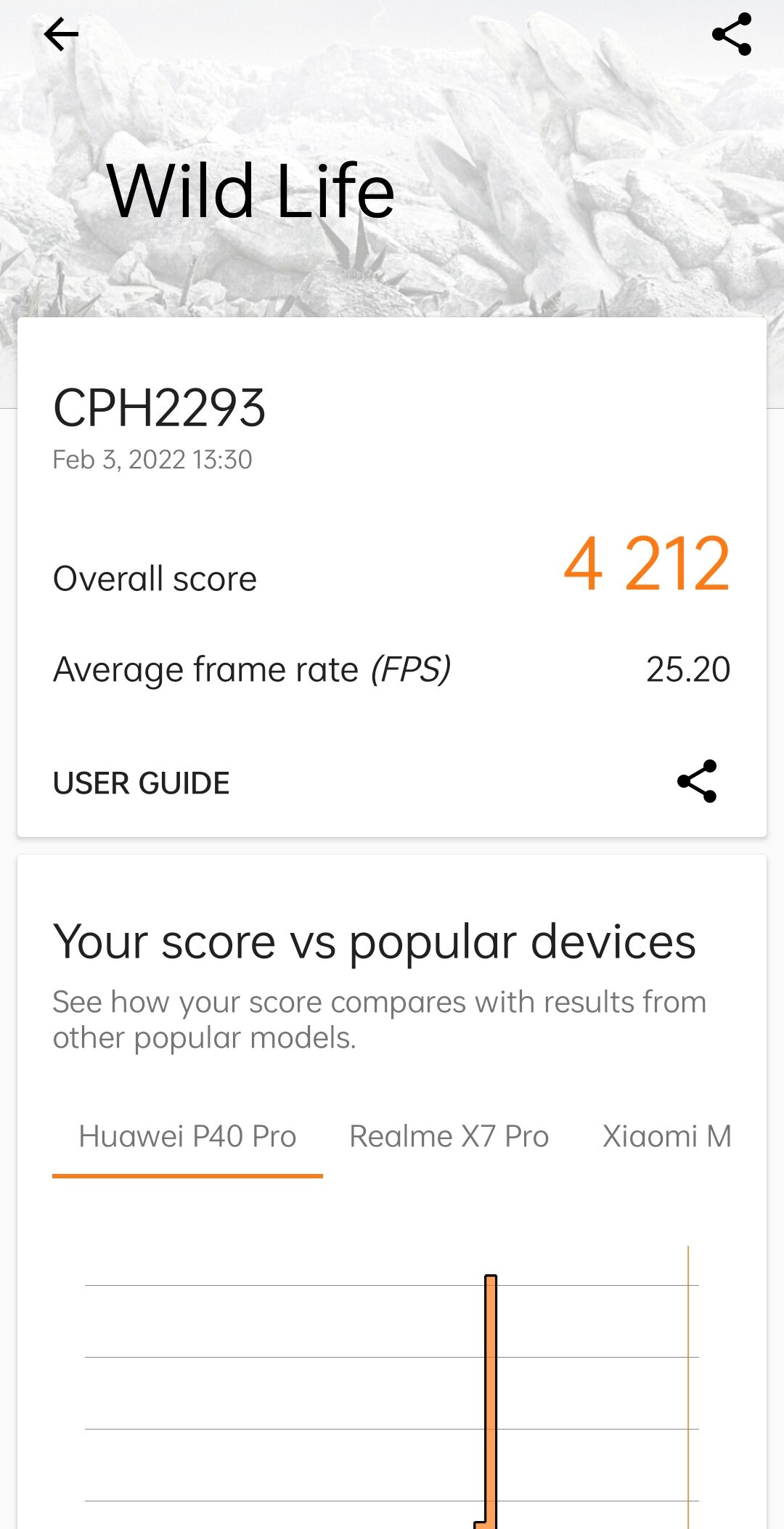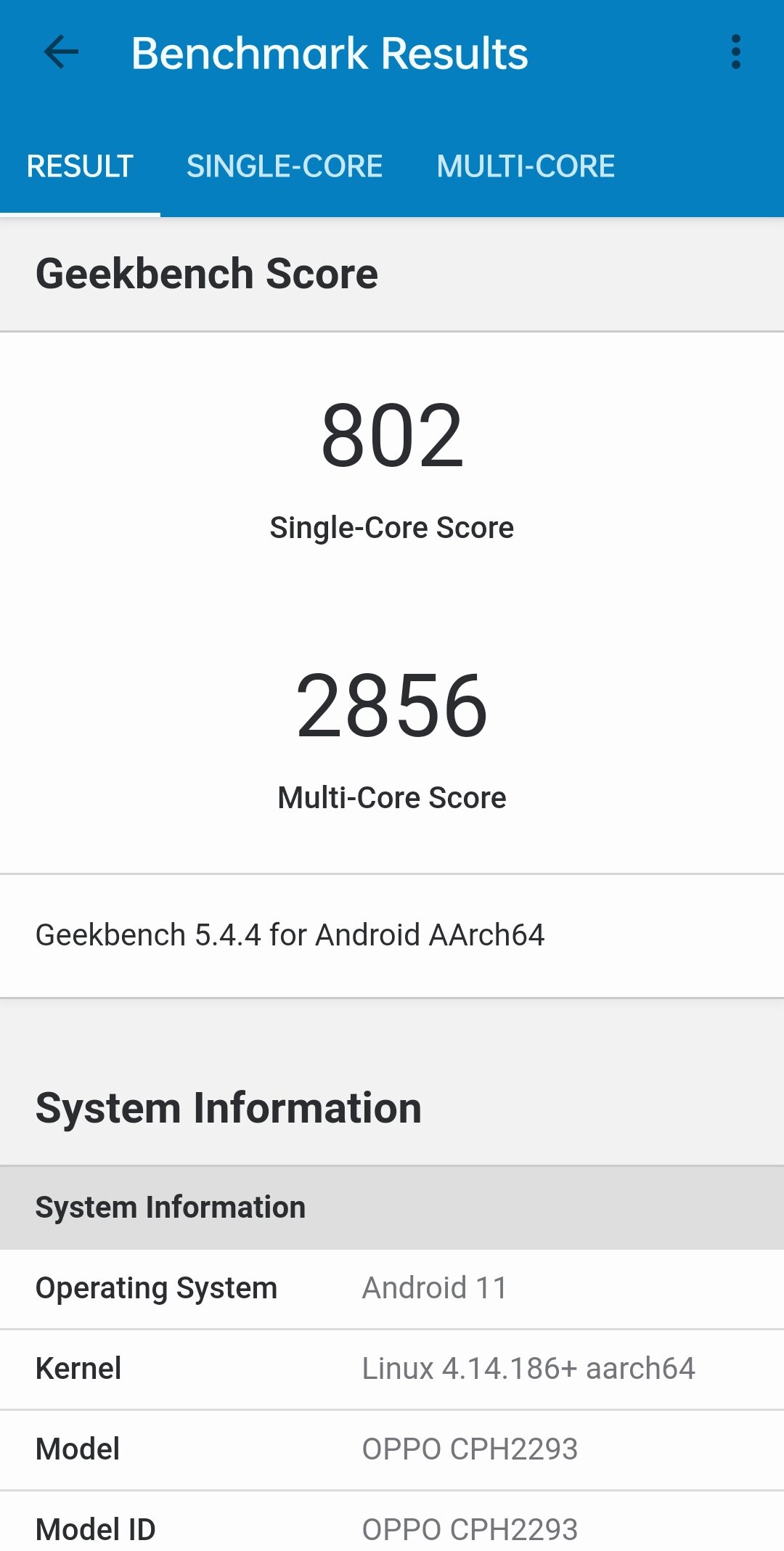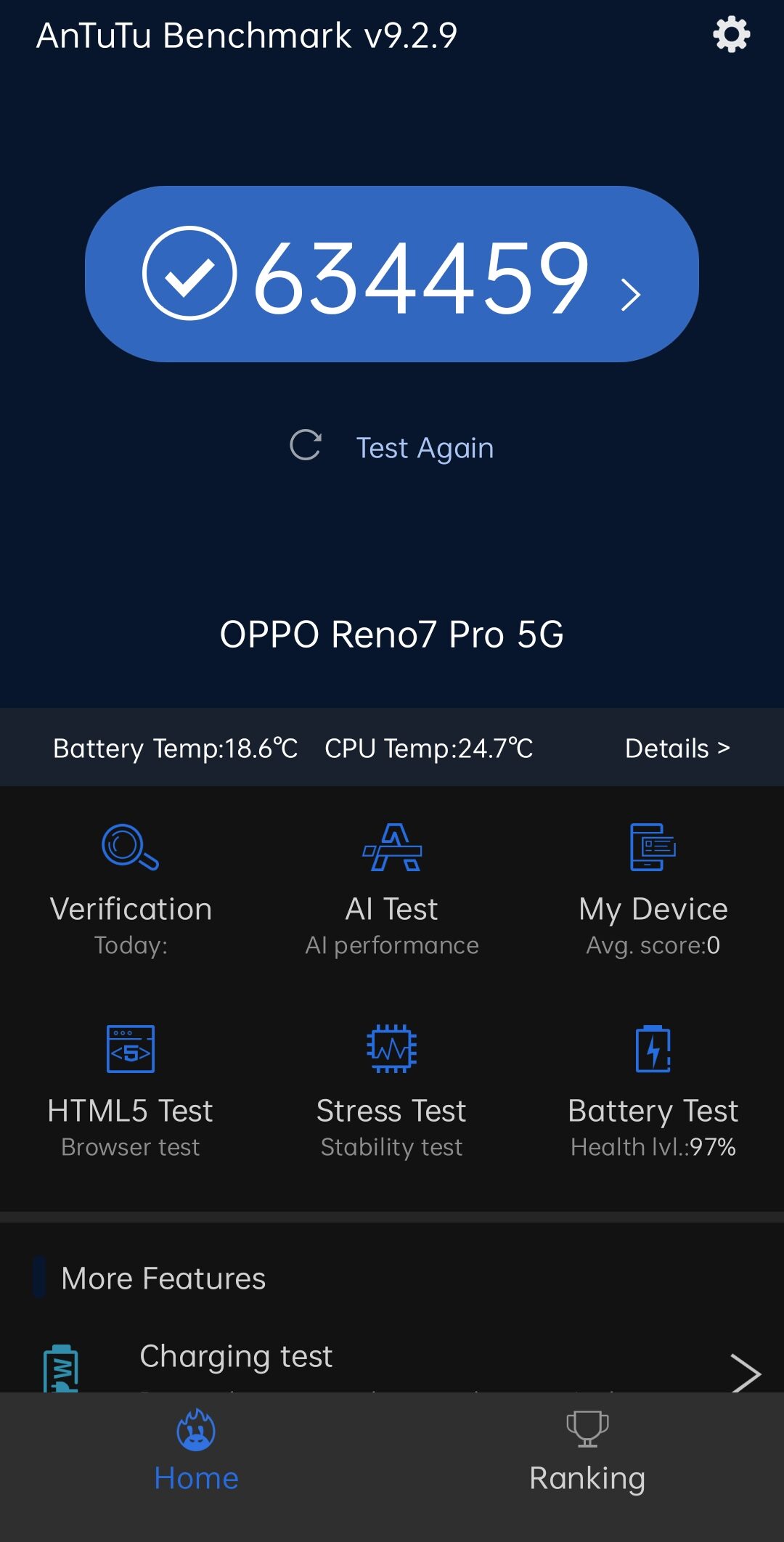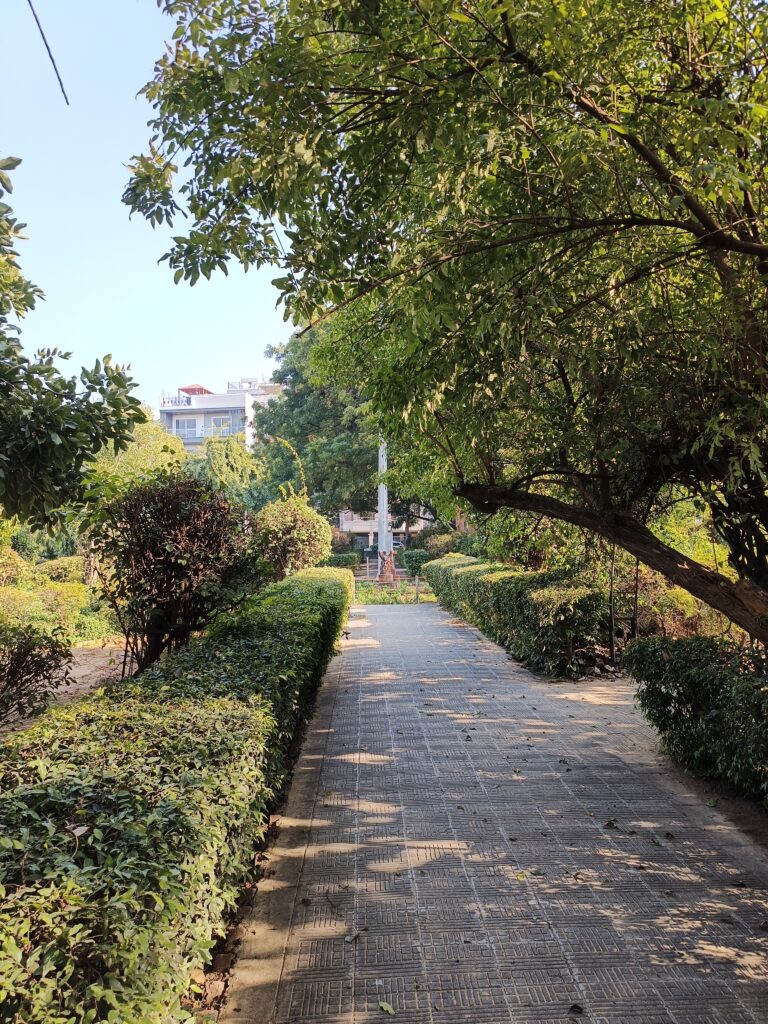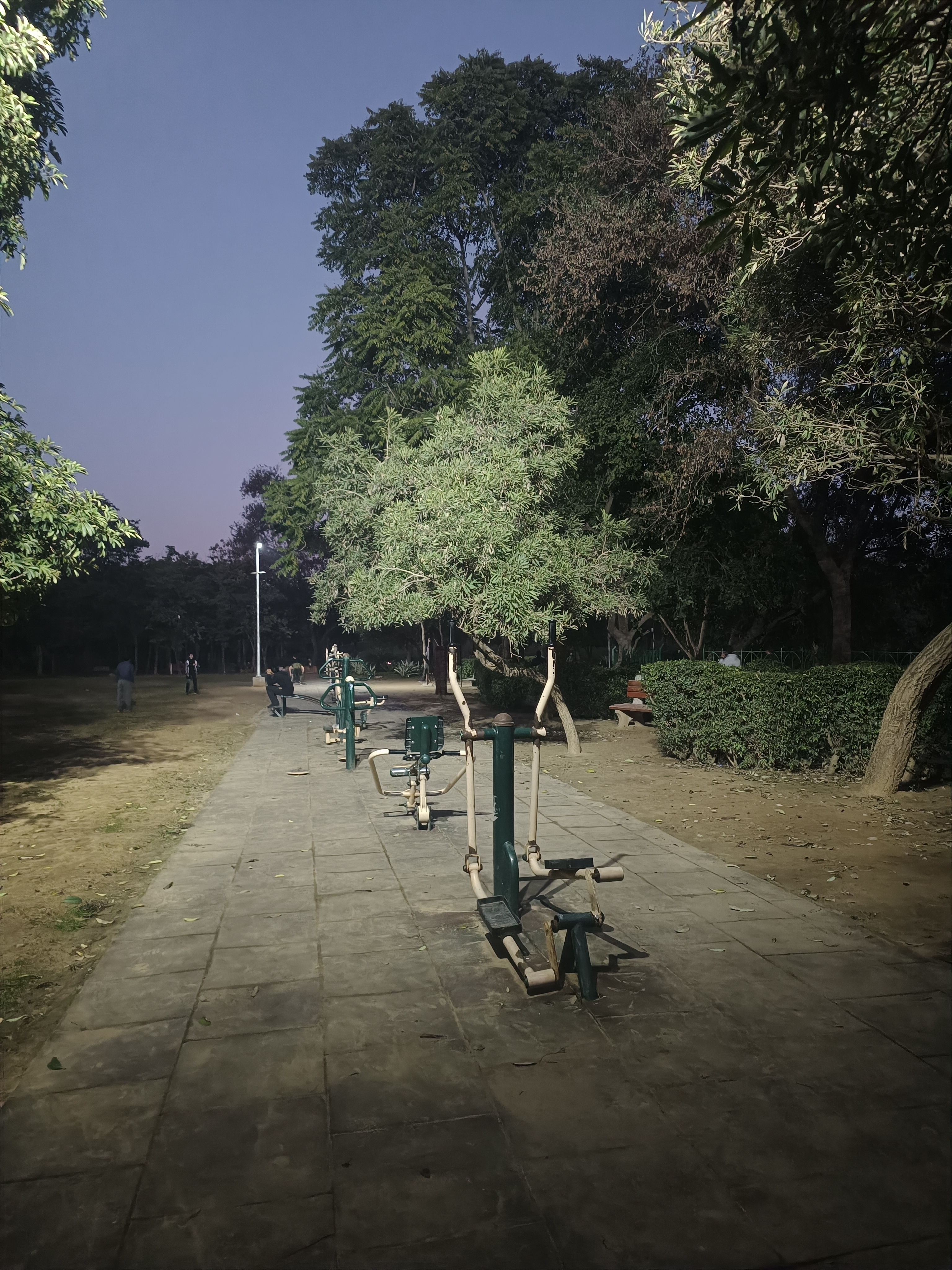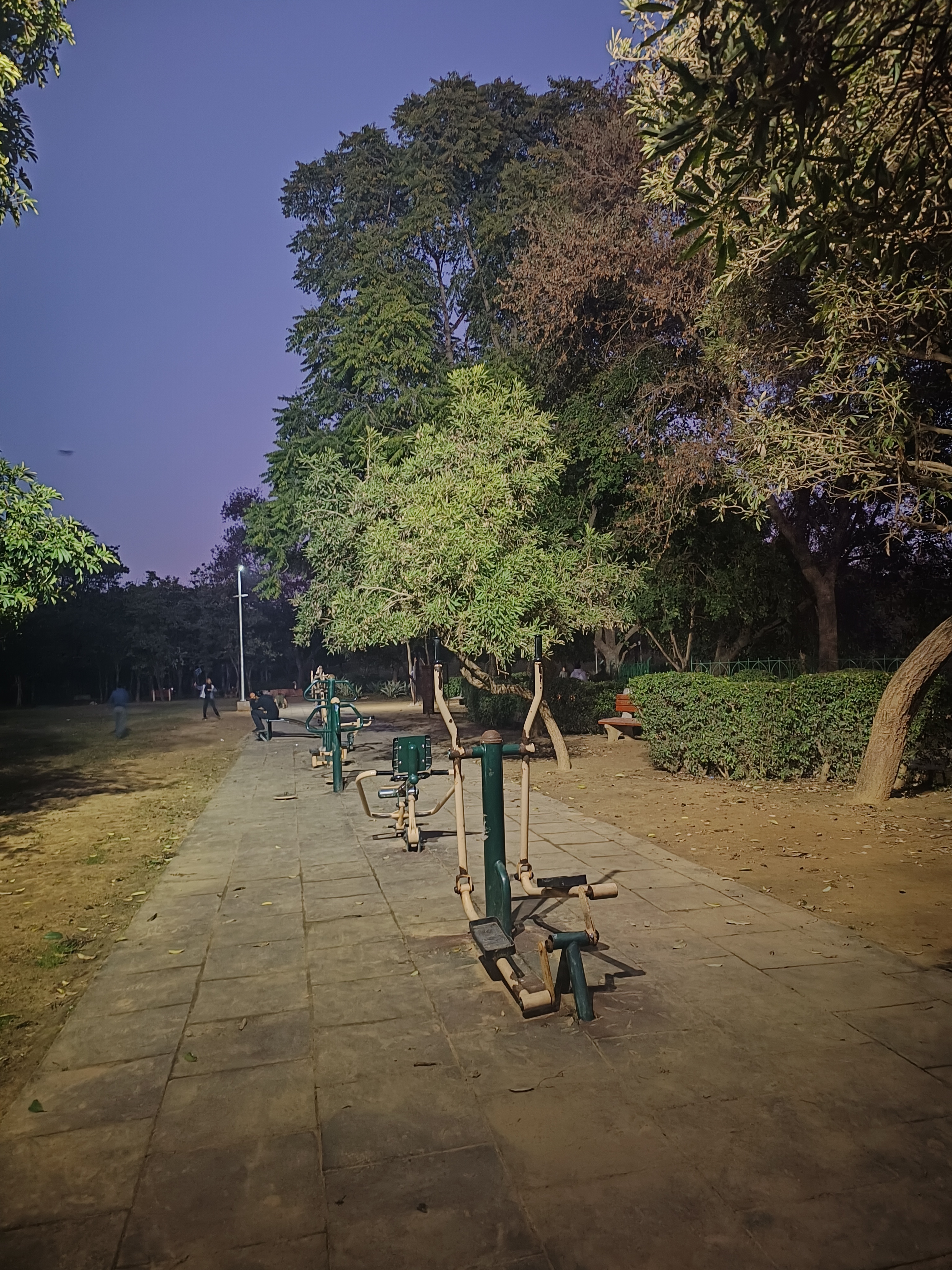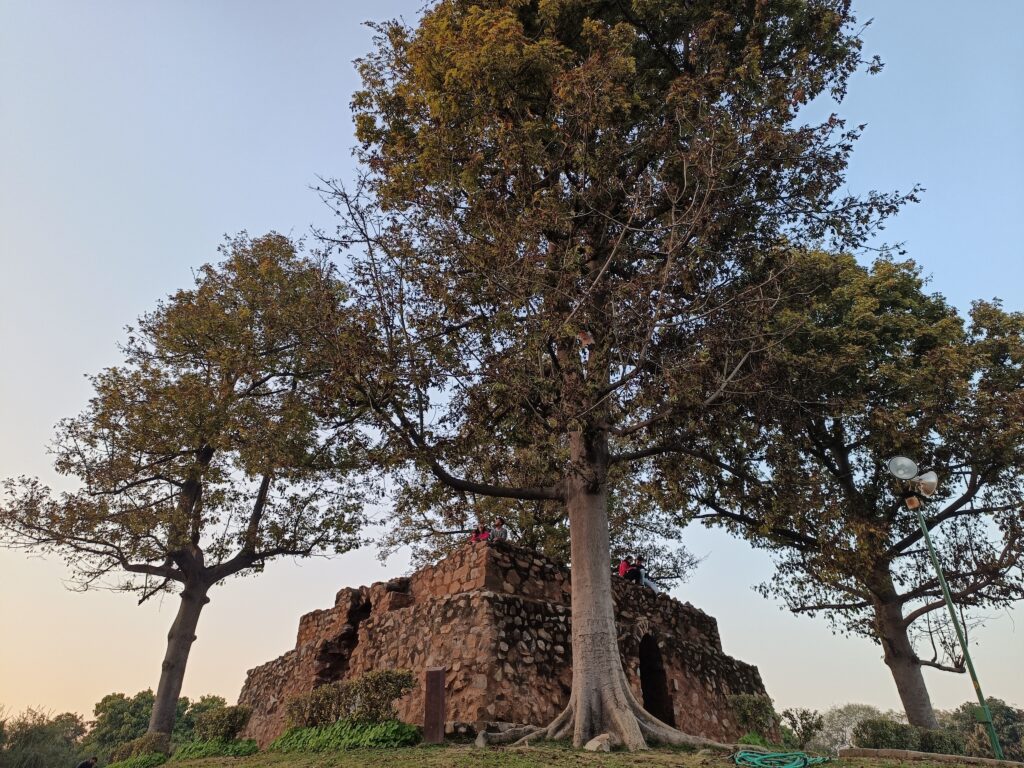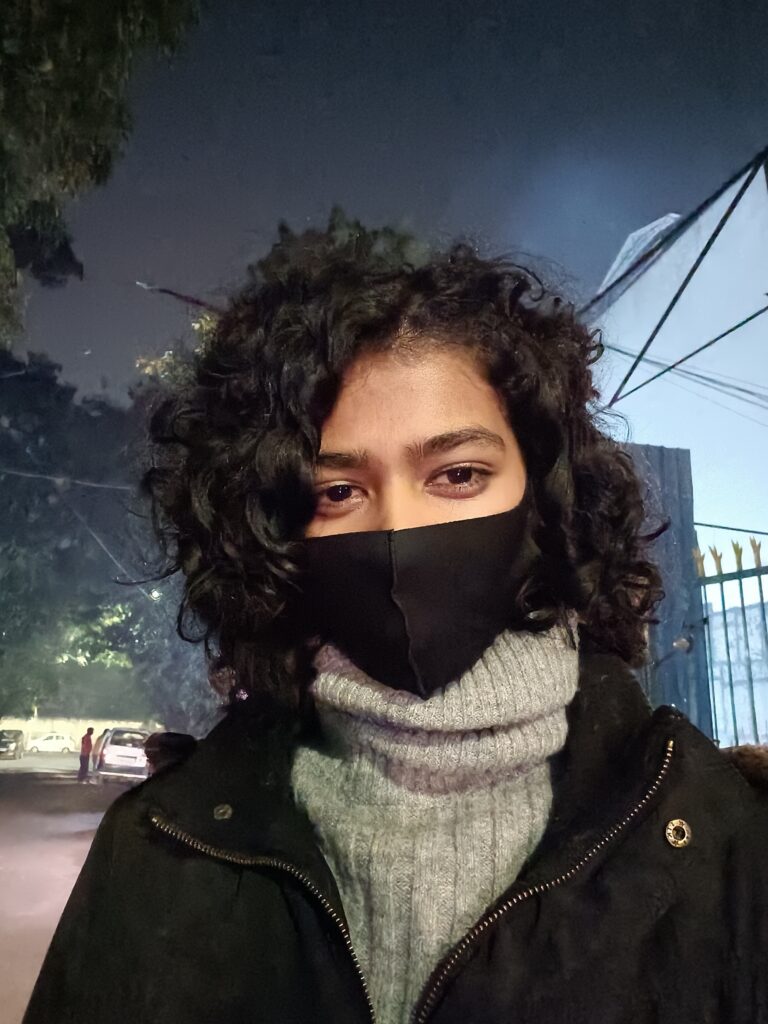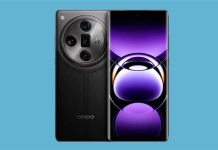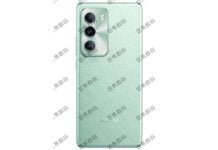OPPO’s Reno family is known for its attractive and unique design paired with capable cameras. And today, a brand new Reno series has made its way into India. Considering its previous offerings, the expectations for the latest models are high.
We recently managed to get our hands on the Reno7 Pro 5G, which is the higher end model in the series and is positioned just below the company’s flagship entries. This is also the same smartphone that launched in China back in December 2021. And now, here’s the OPPO Reno7 Pro review based on my first-hand experience with the device, so let’s see if the phone is worth its price.
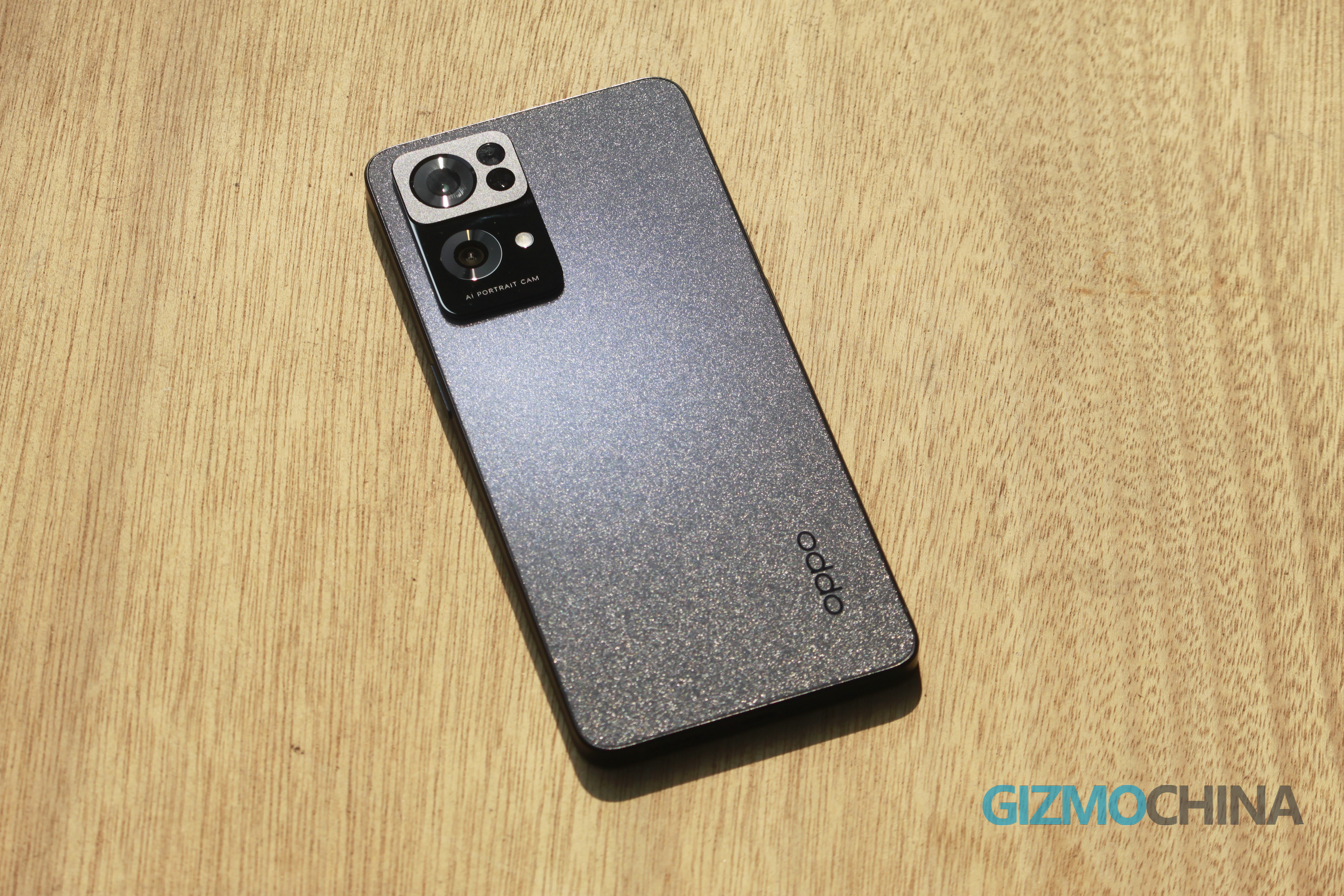
OPPO Reno7 Pro Review: Design
Similar to the iPhone, the Reno7 Pro 5G features a flat rear panel, with absolutely no curves, save for the corners. Coming from a device with a curved back, it took some time for me to get used to the Reno7 Pro initially. But I have to add that it wasn’t unwieldy in any manner. The handset felt great in the hand, although I was worried about dropping it since it was quite slim (measuring just 7.45mm).
The device’s sharp edges did not dig into my hands either. So holding on to it for long periods of time wasn’t uncomfortable. This was further complemented by its 180g weight that is lighter than many modern day high-end smartphones. However, it’s a tall phone and one-handed use wasn’t easy with my average sized hand. The Reno7 Pro also features stereo speakers situated at the bottom. It is loud and clear, but I found that the audio quality takes a dip at the peak volume.
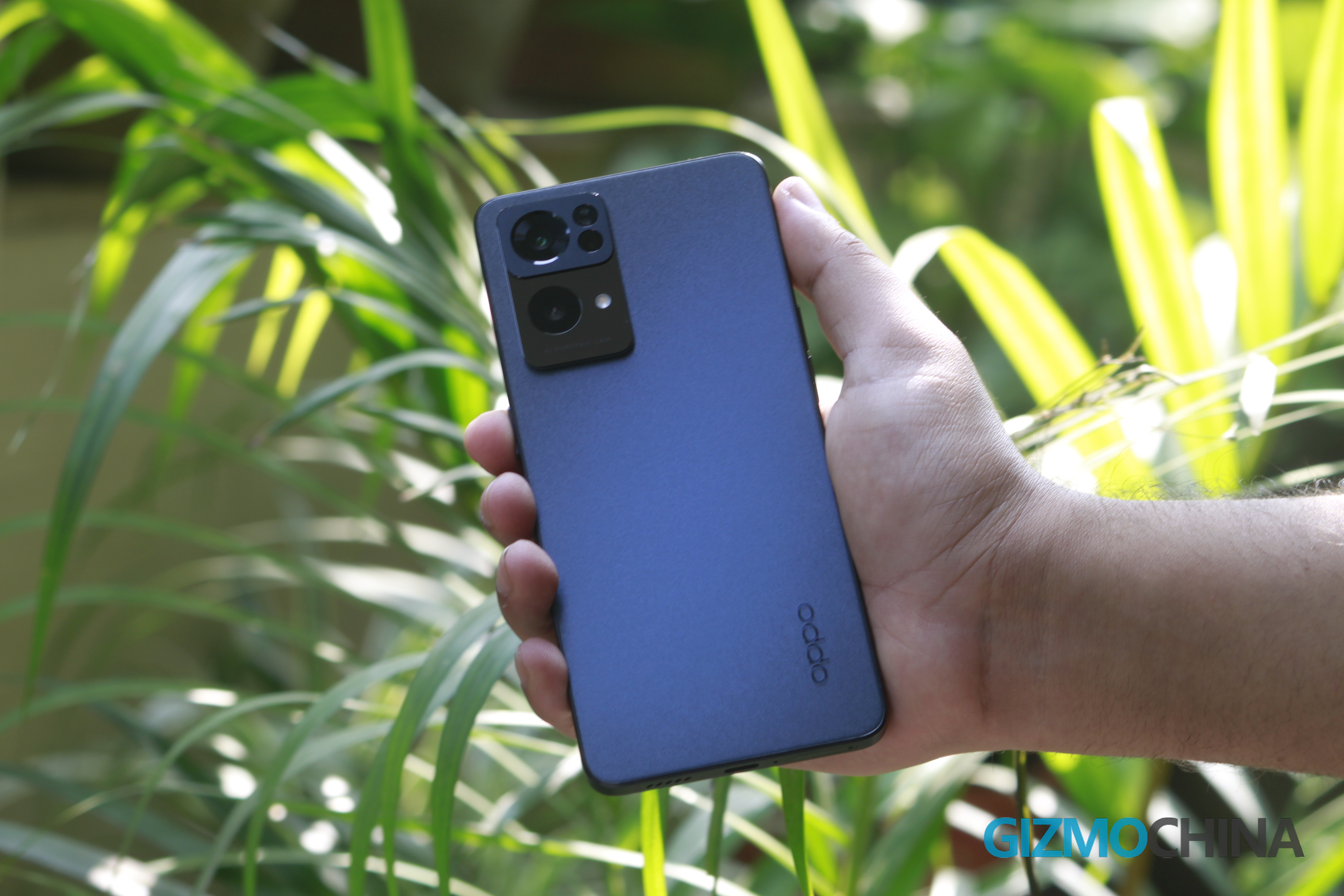
Talking about the looks, OPPO undoubtedly placed an emphasis on the design of the smartphone. The rear features a Panda Glass panel (alkali-aluminosilicate sheet glass) that has a total of 1.2 million micro etchings that create the illusion of thousands of stars (company calls it the OPPO Glow). So under direct light, the rear panel of the Reno7 Pro glitters bright. This is even more prominent under direct sunlight. In all honesty, this is a bit of a hit or miss design. The device features a solid build with metallic frames and premium finish, but the glittering rear panel seems to take away from its elegance overall (I had the Starlight Black variant). However, this is more of a personal preference than an objective standpoint and others might like this design quite a bit.
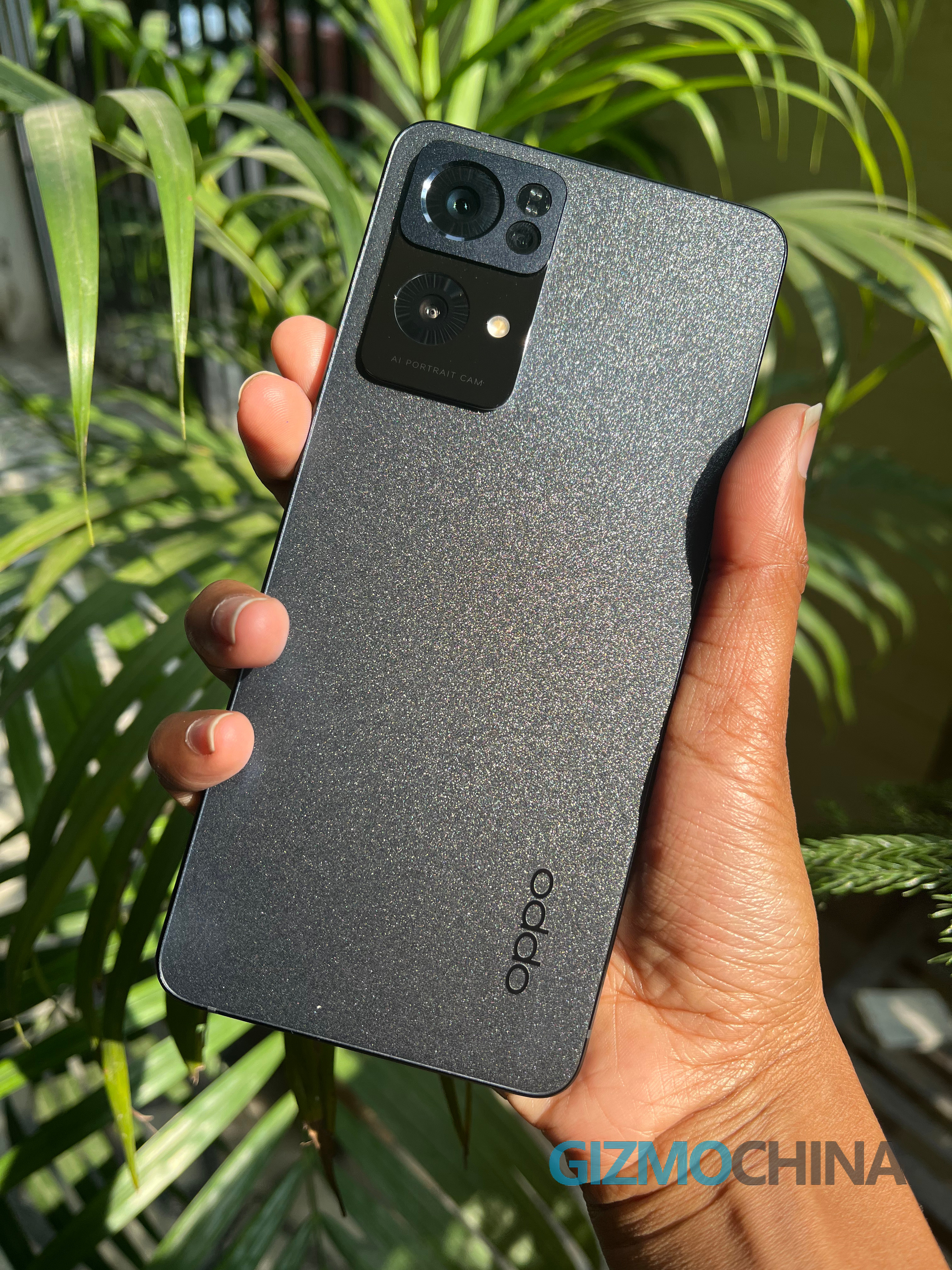
A nitpick that I do have for the device’s design is the tall camera bump. I have never liked the fact that my smartphone can’t rest flat on its back, ever since camera bumps became prevalent. But this time around, I’m willing to accept the bump for one reason alone, the ring light. Remember how smartphones used to offer LED notification light a few years ago, well, it has made a reappearance with the Reno7 Pro.
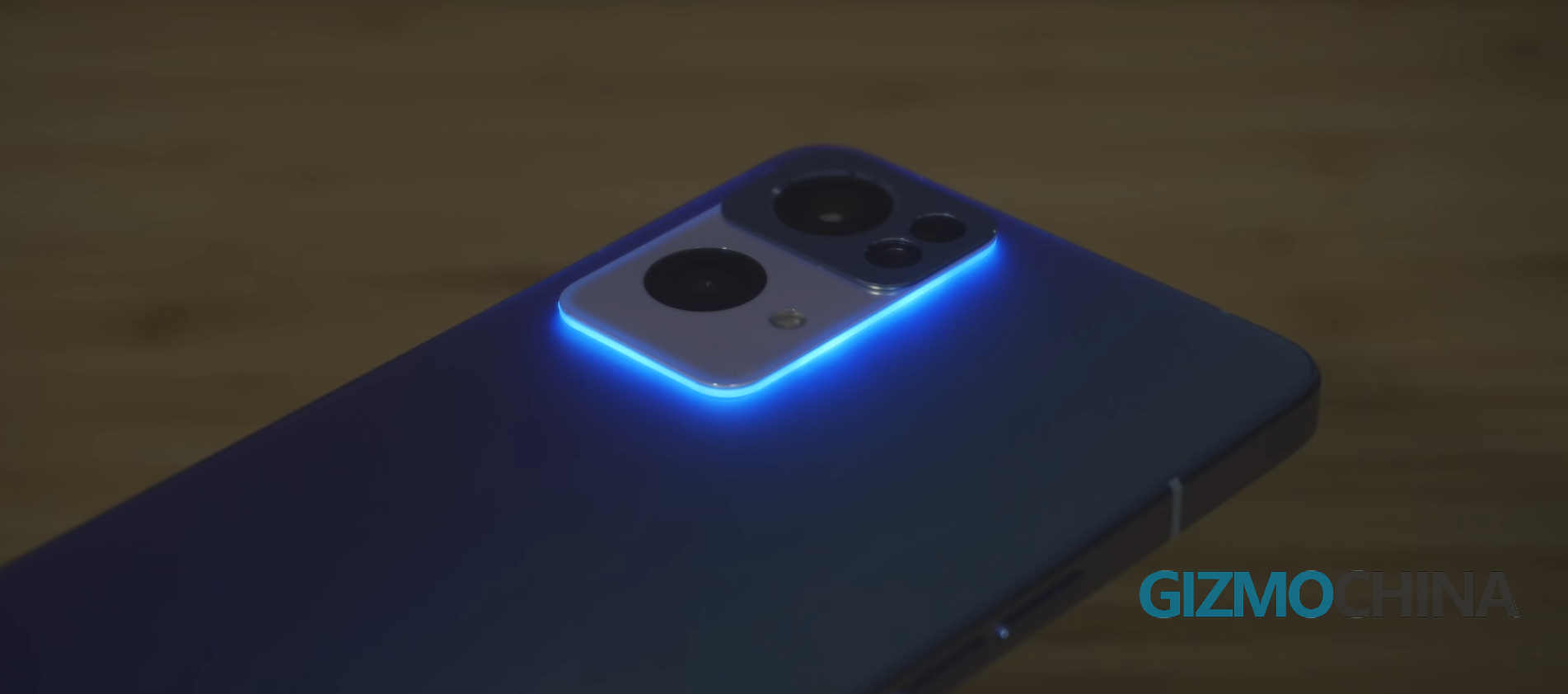
The camera’s tall bump also houses an LED light that surrounds the entire module. I found it to be quite handy since I usually placed the Reno7 Pro on its display. The camera module itself also has a dual tone design. The upper half with the primary sensor is raised higher, while the lower half is shorter but features a mirror finish on the metallic surface.
Display
The OPPO Reno7 Pro sports a 6.55 inch AMOLED display with a FHD+ resolution (2400x1080px). This screen offers 90Hz refresh rate, 180Hz touch sampling, 20:9 aspect ratio and a high screen to body ratio of 92.8 percent. While the display isn’t exactly the best on paper, it isn’t lacking by any means and even offers HDR10+ support.
However, there were a couple of issues I had with the screen. The Reno7 Pro did not perform great under direct sunlight (despite having a 920 nits peak brightness, I tried auto and manual adjustments). Also, 120Hz refresh rate would’ve been appreciated. But it still did well overall, with media consumption and gaming also being a delightful experience. While the side bezels are the narrowest its ever been on a Reno phone, there is a noticeable chin at the bottom. The top left corner of the display also houses a punch hole selfie camera, which didn’t bother me while watching movies or playing games.

Software
Arriving at the software side of the device, the Reno7 Pro runs on the Android 11 OS based ColorOS 12 out of the box. Apart from its premium build, the software was also one of its stronger suits. OPPO has come a long way with its ColorOS custom skin, with the latest iteration offering a great user experience and solid stability. I did not encounter any kind of lags, glitches, or bugs so far, and the Chinese smartphone brand also offers multiple customization options.
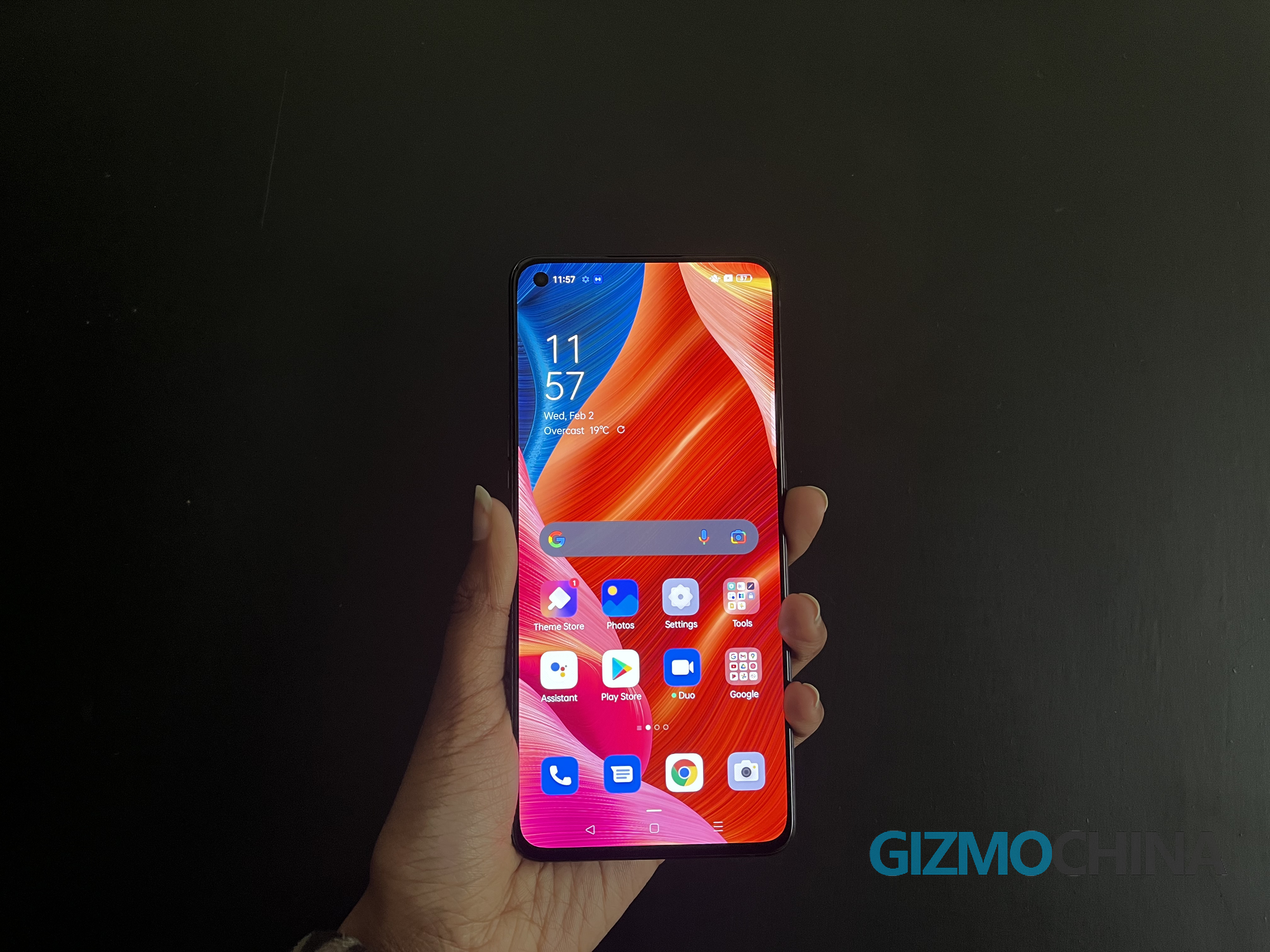
As for ways to personalize your Reno phone, ColorOS 12 lets you customize icons, wallpapers, fingerprint scanner animation, and my personal favorite, the Always On Display in various different ways. You’re also offered a number of themes as well. Unfortunately, while ColorOS has a solid user experience, it is still packed with bloatware. Luckily, most of these are removable, so you’re not completely helpless in this regard.
Gaming & Benchmark
Under the hood, the Reno7 Pro features a new MediaTek chipset, the Dimensity 1200 MAX chipset. As the name suggests, the Dimensity 1200 MAX is an upgraded version of the Dimensity 1200, which was featured in the Reno6 Pro. However, it is not a simple overclocked variant, rather, the MAX version offers enhancements for the display and imaging capabilities. Additionally, the model I tested housed 256GB of internal storage and 12GB of RAM, which can be virtually expanded by up to 7GB.
I ran the Reno7 Pro through a couple of benchmarks, including the 3DMark, Geekbench 5, and AnTuTu. For games, I ran Battlegrounds Mobile India (BGMI) on the smartphone, since it’s one of the most popular titles in the Indian market. Talking about the benchmarks first, the device scored an average of around 808 in Geekbench 5’s single core test, and around the 2900 mark in the mutli core test. This puts it close to the Qualcomm Snapdragon 870 SoC, which was also reflected in our other benchmarks as well. In 3DMark, the device hit a score just under 4,300 in the Wild Life test, while its AnTuTu results were within the 630,000 and 650,000 range in the tests.
In BGMI, I ran the game in either “Smooth + Extreme” settings or the “Ultra + HDR” pairing to test the different ends of the graphical settings. As expected, the former offered a much smoother gameplay experience and is likely a better option for those looking for a competitive edge, but with HDR enabled, the graphical fidelity was better, but at the cost of framerate. However, I didn’t experience any major stutters or lags in either of the settings. Between the benchmarks and gaming tests, the Reno7 Pro also managed to remain cool, with the back panel only becoming slightly warm after playing a couple of matches on BGMI. Notably, OPPO is also offering a dedicated gaming mode to further enhance your gaming experience, despite the device not being a ‘gaming smartphone’.
Battery & Charging
The Reno7 Pro 5G is powered by a 4,500mAh battery pack with 65W SuperVOOC 2.0 fast charging. As per the company’s official claims, the device can be charged to 100 percent in just 31 minutes. During my OPPO Reno7 Pro review, I found the claim to be accurate. When I first got the device, I charged it to full to see how long it would last without having to charge it again. I used the Reno7 Pro for social media, light gaming, and an unhealthy amount of Netflix series and movies (its 20:9 aspect ratio and HDR enabled screen really spoiled me).
The device lasted just under 2 days in a single full charge and was topped up in a little over 30 minutes. So, with moderate use, the Reno7 Pro would likely last for around 1.5 days. But depending on your usage, it might last even longer. But expect the battery life to take a hit if you game on your smartphone often or watch a lot of movies as well.
Camera
The OPPO Reno7 Pro features a triple camera setup on the rear, consisting of a 50 megapixel primary camera, 8 megapixel ultra-wide angle lens, and a 2 megapixel macro sensor on the rear. Meanwhile, the front features a 32 megapixel punch hole selfie shooter. The camera app is also jam packed with different modes and features, with most of them being actually useful and fun to play around with. This also includes various beauty filters and retouching options. Being marketed as a camera phone, the device is capable, but with a few flaws. To put it simply, OPPO is offering powerful tools for a great photography experience, but you’ll need to tinker with the camera a bit to figure out the most optimal settings.
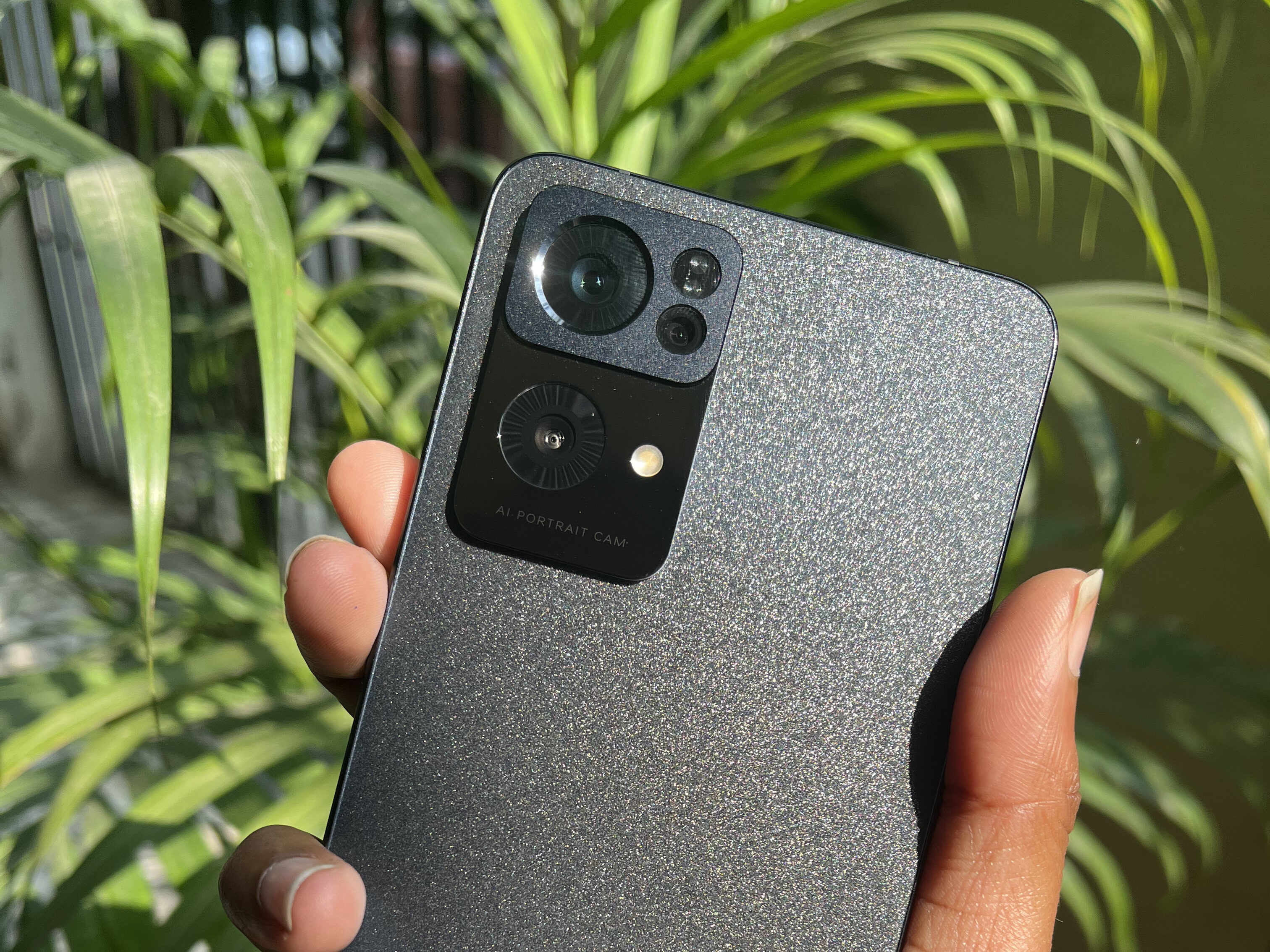
Primary
In ideal conditions, the smartphone’s main 50 megapixel Sony IMX766 sensor captured images with a good amount of detail and fairly accurate colors. HDR worked well in most scenarios too, offering better colors while highlighting the shadows as well. However, when HDR was enabled, the camera was prone to overexpose the image and the colors seemed artificial when shooting in scenes with a lot of light.
The main camera also offers the usual night mode that helps in taking better images in low light scenes. Looking at the scene in the park, we can observe that the image with night mode enabled offers better exposure and much better color reproduction. Unfortunately, it didn’t work as intended 100 percent of the time, but when it did, the results were quite good.
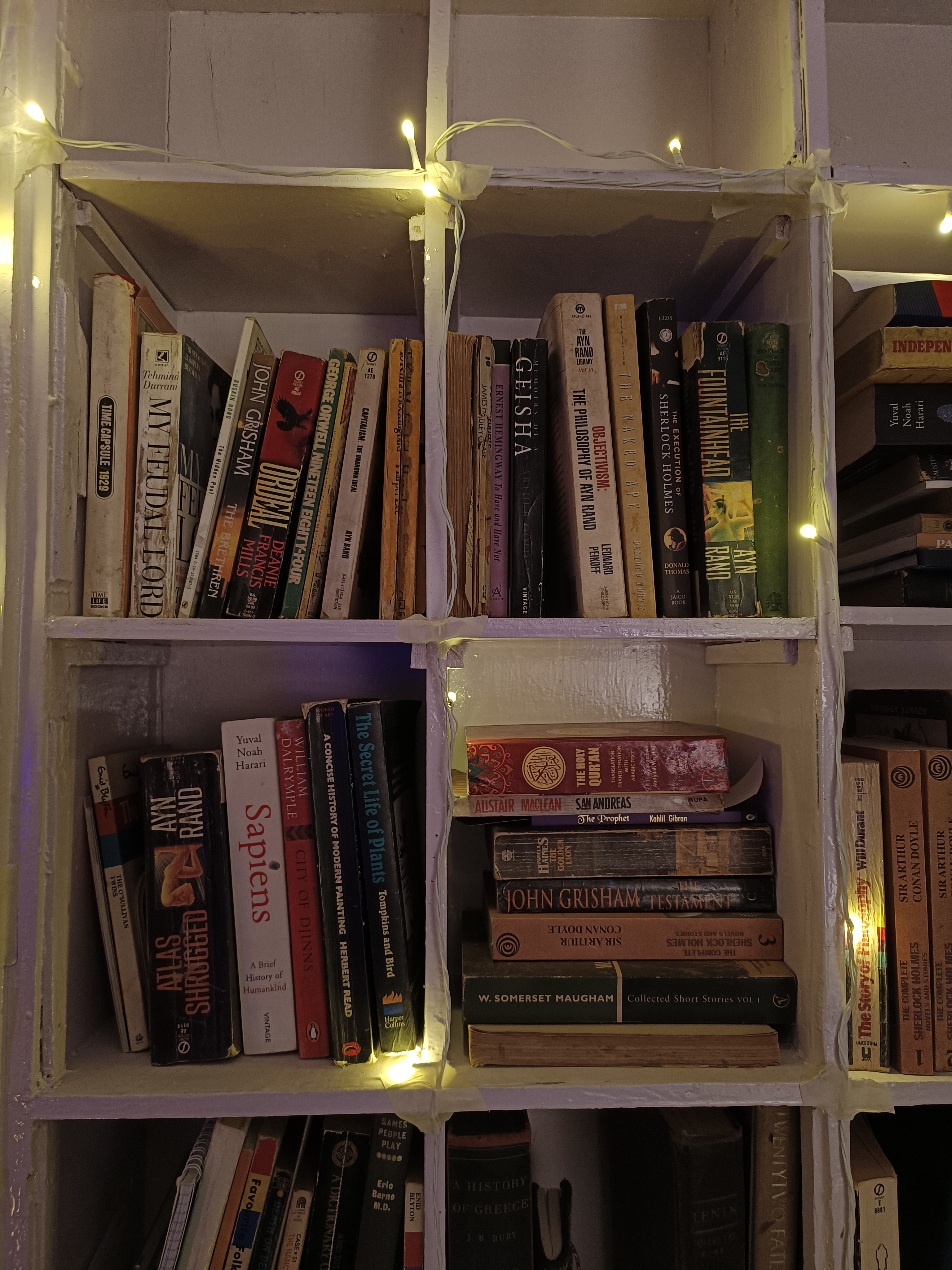
The main camera also offers the usual night mode that helps in taking better images in low light scenes. Looking at the scene in the park, we can observe that the image with night mode enabled offers better exposure and much better color reproduction. Unfortunately, it didn’t work as intended 100 percent of the time, but when it did, the results were quite good.
For the Reno7 series, the company had heavily marketed its portrait mode. This is available on both front and rear cameras. The bokeh effect on this mode is quite solid, with great edge detection. However, it did face some issues in differentiating between the background and the subject when there was a lack of proper lighting. OPPO even offers users the option to adjust the blur in this mode as well.
Ultra Wide Angle
Arriving at the wide angle lens, it is an 8 megapixel camera that offers a 119˚ field of view. In broad daylight, the wide angle lens was capable of capturing a wider image than the primary sensor, but lacked the same level of detail. Its performance takes an even greater hit during low light scenarios.
Furthermore, the wide angle lenses also support HDR like the main camera. However, it also suffers from the same exposure and color reproduction issue as the primary sensor in well lit scenes. You can also shoot videos from the wide angle camera, but they aren’t great to be honest, with visible noise even in daylight.
Macro
Unfortunately, the Reno7 Pro still, disappointingly, offers a 2 megapixel lens. This implies that the camera outputs low quality images. Having this sensor does offer more options, but shooting close-ups from the primary lens is often times better, since this sensor also had trouble focusing properly on the subject as well.

Selfie Camera
One of the highlighting features of the Reno7 Pro is its front facing camera. The device is the first in the world to feature the Sony IMX709 sensor, which OPPO claims offers a great selfie experience. This sensor is exclusive to the brand and I found it to be capable in my tests. Looking at the selfie shots, the colors were natural in most scenarios.
But in low light scenes, the phone cranks up the ISO a bit too high at times. This makes the image seem unnaturally bright, with visible noise in the image. However, in proper lighting, the selfies retain good details with the images appearing natural. A handy feature offered in the camera app is the wide view mode that broadens the FOV. In other words, it makes it easier for you and your buddies to fit in the frame for a group selfie.
Verdict
For a price tag of 39,999 INR (roughly 535 US Dollars), there are a number of great alternatives from rival brands that the Reno7 Pro will have to compete against in the Indian market. This includes the likes of the OnePlus 9R (Snapdragon 870), Xiaomi 11T Pro (Snapdragon 888), and the Motorola Edge 20 Pro (Snapdragon 870). The processors on these devices are faster than the Dimensity 1200 MAX on the Reno7 Pro. So, even if the device offers a smooth gaming experience, choosing one of the aforementioned models might be better for mobile gamers.
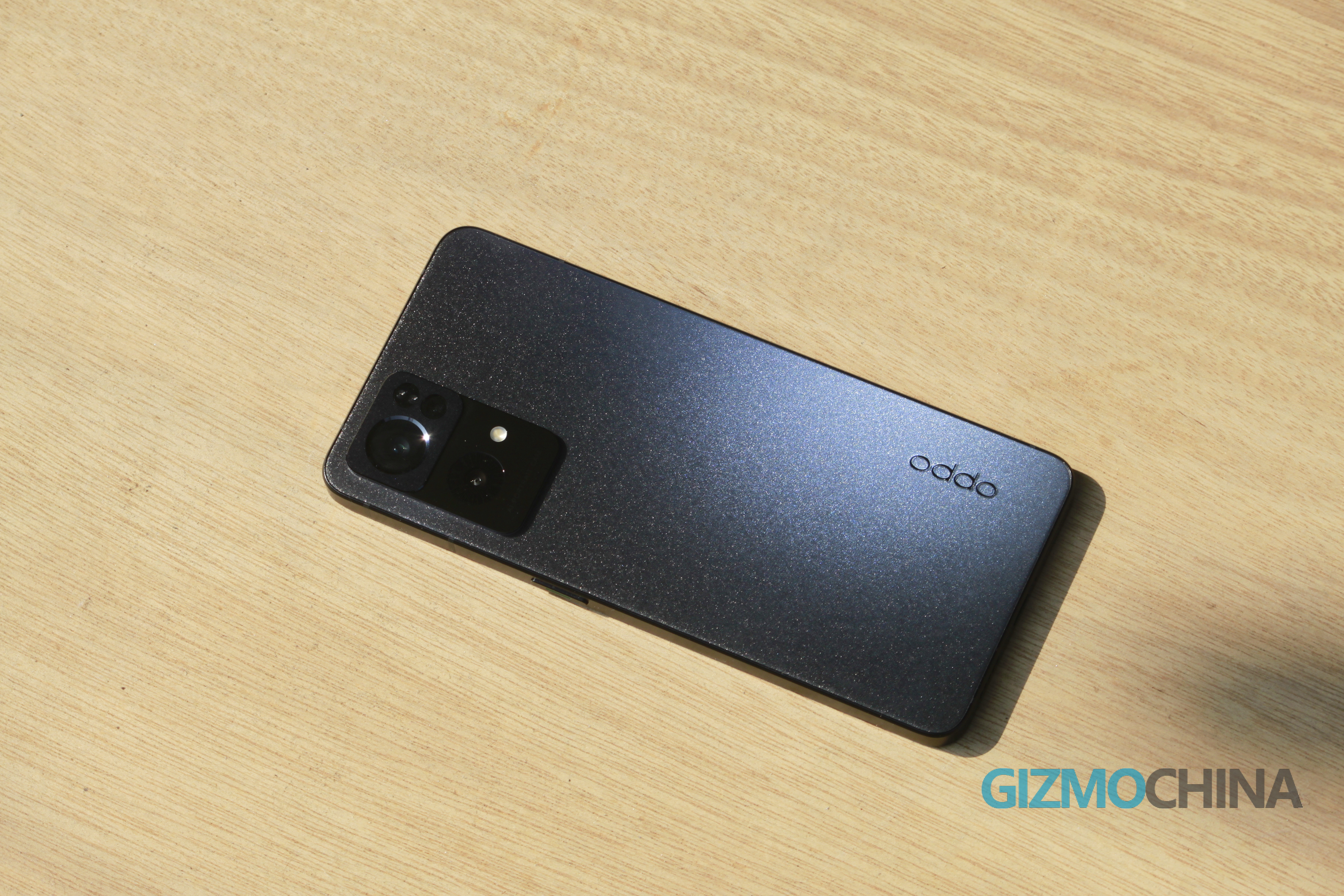
But, performance isn’t everything and there are a number of other factors to consider. OPPO’s latest entry features a high-end premium build quality, solid software, capable cameras, and a unique design, with the ring LED lights being an added bonus. This makes it a worthwhile consideration for those that do not game on their smartphones, since the Dimensity 1200 MAX is more than capable of handling day to day tasks with ease.
So while I may not recommend this model to people who want the latest and the greatest, the Reno7 Pro might be suited for those looking for a premium experience without breaking the bank for a full-fledged flagship.
RELATED:
- These OPPO phones will get ColorOS 12 beta in Feb 2022
- Moto G71 vs OPPO A96 vs Vivo V23: Specs Comparison
- OPPO tipped to be working on Galaxy Z Flip3 like clamshell foldable phone

